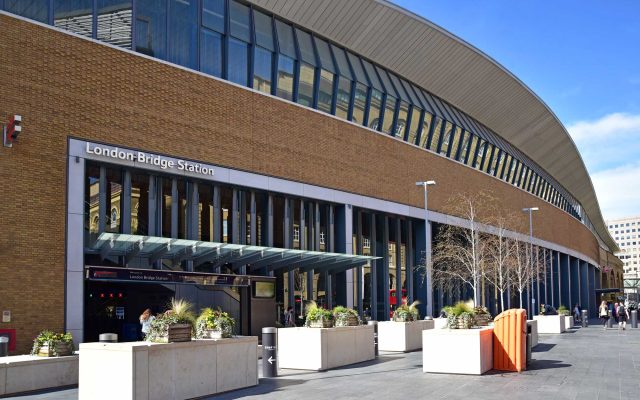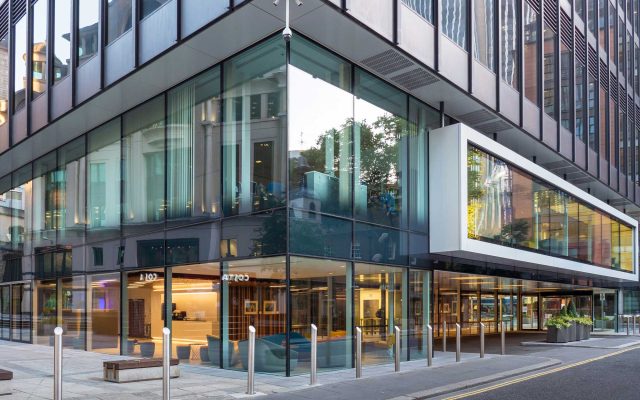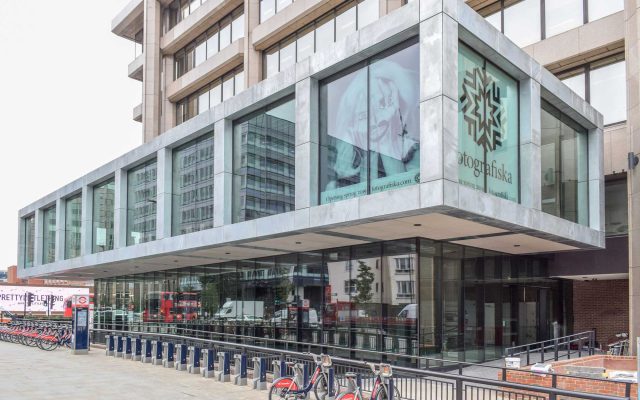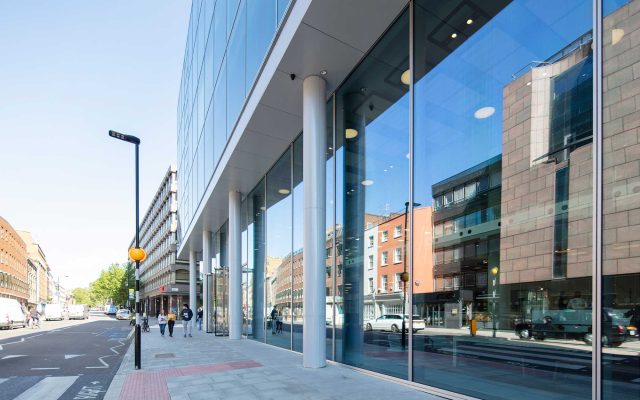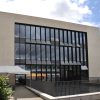Architectural glass facades have become iconic symbols of contemporary urban landscapes, seamlessly blending artistry and functionality. These sleek structures redefine the relationship between interior and exterior spaces, offering a dynamic and visually striking aesthetic.
As architects and designers continue to push the boundaries of innovation, glass facades have evolved into more than just transparent barriers; they represent a fusion of form and purpose, transforming the way we perceive and interact with built environments.
Our Approach
We’ll put together a façade package that makes the right impression, meets your design aspirations using the most economic systems and materials to match with your cost plan.
Whilst a growing number of ‘off the shelf’ façade solutions have become available; our specialist approach means we can give every project something totally unique. Our in-house engineering services can integrate with your team to produce something that can stand the test of time.
Modular façade systems using aluminium are popular with many architects and designers and we have plenty of experience in this area. With building energy costs a critical factor, we’re committed to lowering our footprint in any way possible.
We only source from the best, most responsible glass processors and accessory manufacturers. We’ll work closely with them to bring in specialised glass elements that fit the client’s needs. Our curtain walling partners include Raico, Schueco, Wicona, Reynaers, Kawneer and Forster.
It is with this approach, we will reduce risk and map a façade solution which meets with your brief and performance requirements.
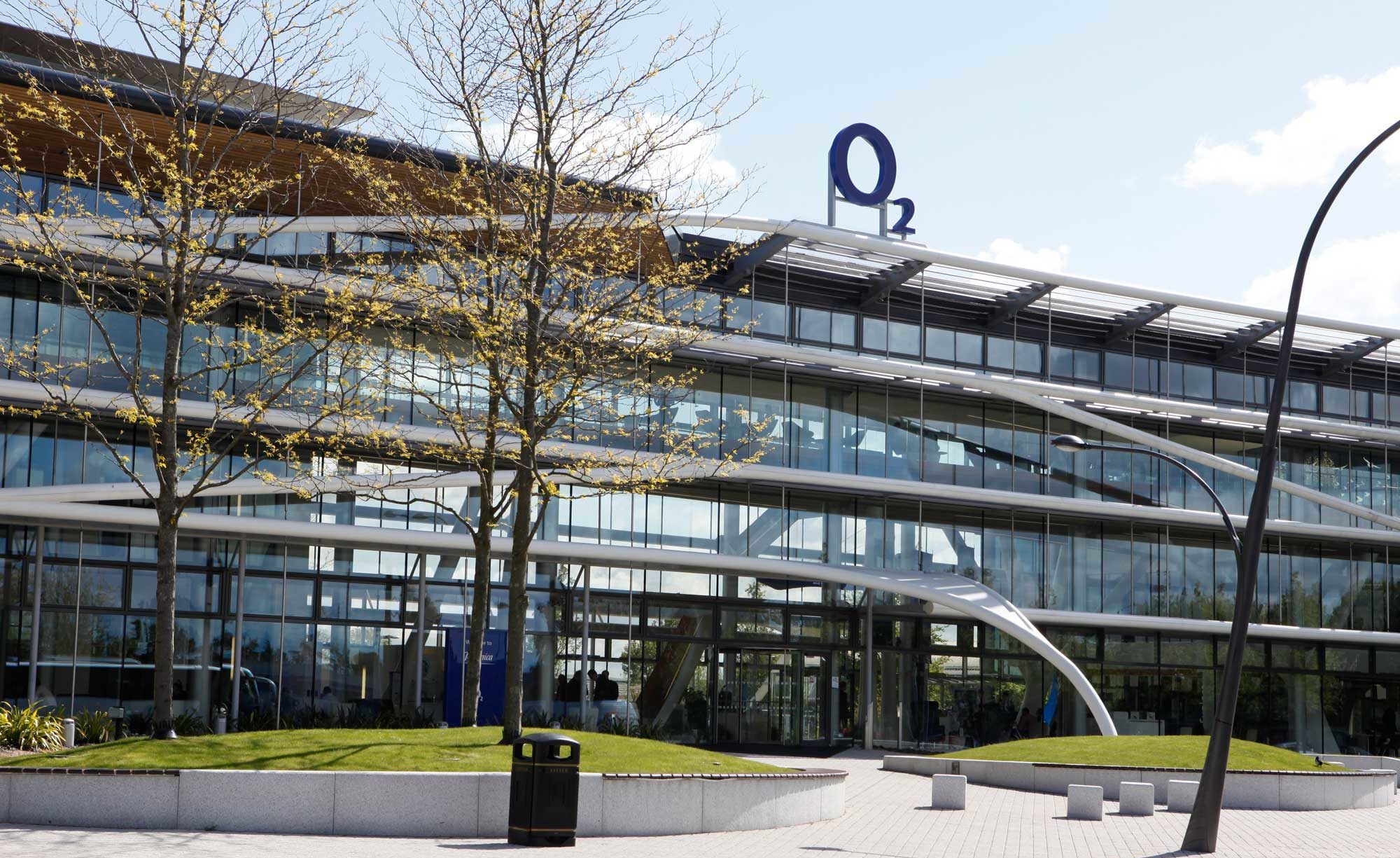
Design Flexibility
One of the most notable features of architectural glass facades is their versatility in design. Glass allows architects to explore creative possibilities and experiment with forms that were previously unattainable. From sleek, minimalist skyscrapers to curvilinear structures that mimic nature, the design flexibility offered by glass enables architects to realize their visionary concepts. This adaptability is particularly evident in contemporary urban developments, where glass facades contribute to the creation of iconic city skylines.
Glass Façade Types
There are various types of facades in architecture, each with its unique characteristics, materials, and design considerations. Facades play a crucial role in defining the visual identity of a building and influencing its performance. Here are the types of Facades we deliver:
Glass Facades
Glass facades use large expanses of glass to create transparent or semi-transparent building envelopes. They are popular in modern architecture for their sleek and contemporary appearance.
Advantages: Natural light, aesthetic appeal, versatility in design.
Metal Facades
Metal facades can be constructed using materials like aluminium, steel, or zinc. They offer a modern and industrial appearance and can be formed into various shapes.
Advantages: Lightweight, versatility, durability.
Timber Facades
Wood facades use timber as the primary material, creating a warm and natural appearance. Different types of wood and finishes can be used for varied aesthetics.
Advantages: Sustainability, natural aesthetics, thermal performance.
Curtain Wall Facades
Curtain wall facades are non-structural, lightweight outer coverings that are typically made of aluminium and glass. They provide a seamless, continuous look to the building envelope.
Advantages: Transparency, design flexibility, aesthetic appeal.
Benefits of Glass Facades
Glass facades offer a multitude of benefits for modern building design. They enhance natural light, reducing reliance on artificial lighting and improving mood and productivity. Advanced glazing technology ensures energy efficiency, minimizing heating and cooling costs. Visual connectivity with the environment promotes openness and harmony. Glass’s versatility allows for diverse design expressions, while sustainable practices in construction and material use contribute to environmental goals. Lastly, glass facades prioritize occupant well-being, fostering productivity, creativity, and overall satisfaction.
Conclusion
In summary, facades are integral to the overall performance and aesthetics of buildings, contributing to energy efficiency, occupant comfort, and the longevity of structures. Well-designed facades align with both functional and visual objectives, creating a harmonious and sustainable built environment.
